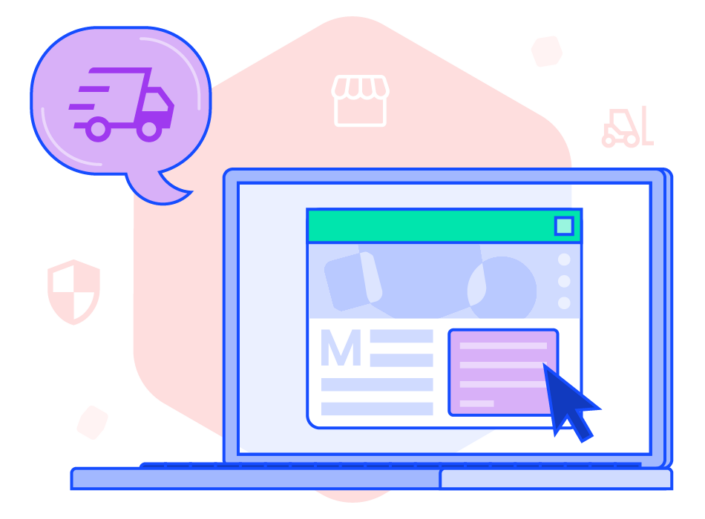In a recent Unboxing Logistics podcast episode, Gemma Shaw joined Lori to discuss what an order management system is, when a business needs to add one to their tech stack, and how you can get the most out of yours.
The following content has been adapted from that episode; watch or listen to it here for the full conversation.
What is an order management system?
An order management system (OMS) is a platform that enables businesses to centralize all of their order information.
If you use multiple sales channels or sell in various markets (domestically or internationally), an order management system is essential for housing orders in one place.
Gemma says, “With an OMS, you’ve got the opportunity to make use of automation to take time back that you were spending on manual tasks and spend it better.”
When should you start using an OMS?
Before getting an OMS, most small businesses manage orders themselves using spreadsheets.
When their store receives an order, the business owner manually adds that information to a spreadsheet. The process can take hours, and it’s very error-prone; even the most detail-oriented person sometimes lets things slip through the cracks.
When your shipping volume has risen to the point where manual order management takes too much time and frequently leads to inaccuracies, it’s time for an OMS.
Once you automate order management, you’re free to spend more time on strategic business decisions.
How does an OMS help with multi-channel and omnichannel sales?
One of the most important benefits of an OMS? It can pull data from multiple sales channels, providing greater visibility and streamlining the order fulfillment process.
For example, let’s say a business sells on multiple channels: a Shopify store, Etsy, and Amazon. Without an OMS, they’d be managing the three channels separately.
With an OMS, information from each channel is automatically imported into a central system, giving you complete visibility. The system can automatically route orders to where they need to go, sending a notification if it notices any errors or discrepancies.
What should you look for in a good OMS?
Gemma mentions two things to look for in an OMS: integration capabilities and support.
- Integration. “Integration is the cornerstone, the powerhouse of an OMS. [The OMS should be] able to integrate with the sales channels you want to partner with, the suppliers you’re partnered with, the shipping solutions and accounting software you want to use.”
- Support. Does your OMS come with fast, responsive customer support? According to Gemma, poor support is a red flag. “If you’re submitting tickets to your OMS support team and it’s taking them business days to reply, and you can tell that they’re canned, nonhuman responses … that would be a sign that you could look to enter other avenues.”
How can you take full advantage of your OMS?
Many businesses could make better use of the automation tools their OMS offers. Because OMSs collect order information from all your platforms, they’re full of valuable insights—if you know how to read the data.
Gemma recommends using the OMS, which is a “single source of truth,” to inform strategic decision-making.
How long does OMS implementation take?
OMS implementation time depends on several factors, including the following:
- Complexity of the workflow. How many moving pieces are involved in your workflow? If you simply want to connect Shopify to your OMS and route orders to a 3PL, implementation might take as little as a week. On the other hand, connecting multiple stores could take several weeks or months when you factor in time for testing and troubleshooting.
- Time you can devote to implementation. While your OMS provider will handle most of the implementation legwork, your team needs to devote time to the project as well. For the fastest implementation process, make sure you have plenty of time to learn all the ins and outs. Even with a simple workflow, trying to set up a new OMS during your busiest season isn’t the best idea.
Find more OMS insights here
Watch or listen to Gemma’s Unboxing Logistics episode, Leveraging an OMS for Growth, to hear everything she has to say about choosing and using an OMS.



